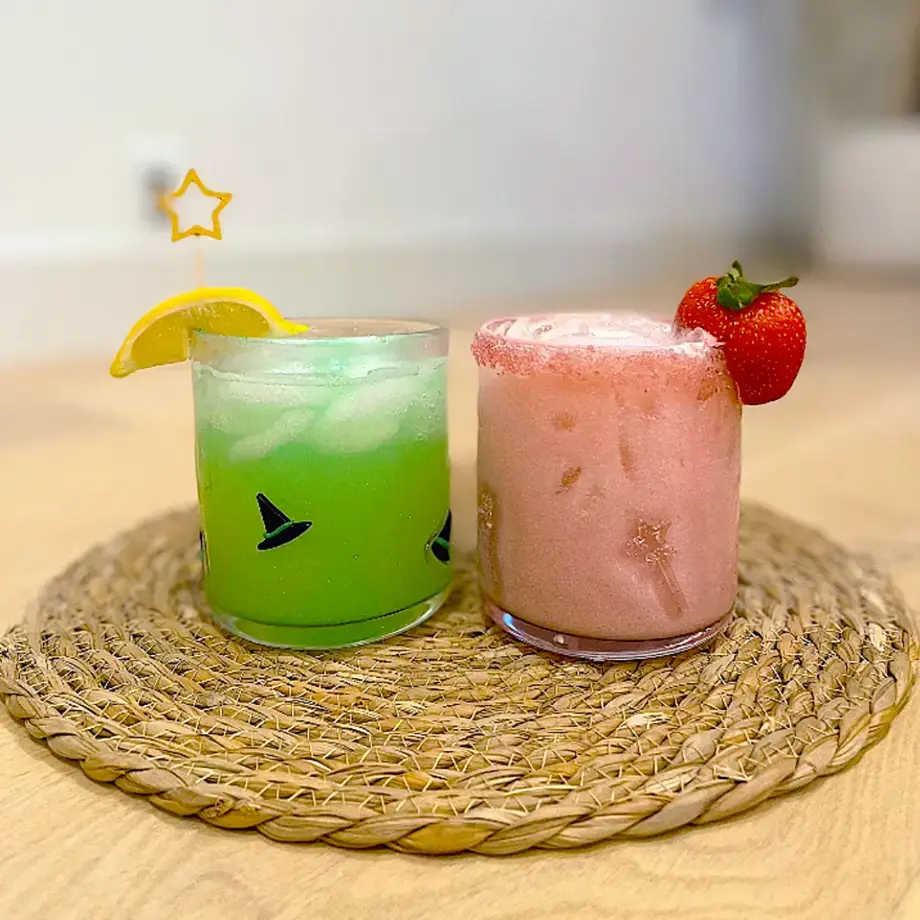On a recent, chilly night atop the W Philadelphia, under the auspices of a program entitled The Secret List, Danny Childs pours me a ‘pepita nog’, concocted with Jamaican rum, oloroso sherry, dry shaken eggs, and pumpkin seed horchata. It’s dusted with canela and nutmeg and it evokes all the magic of Christmas seen through a specific lens: that of a trained ethnobotanist who travelled through South and Central American, shaking up cocktails in exchange for room and board.
Childs is one of the most fascinating figures in the American cocktail scene. He’s the mixologist behind the Instagram account @slowdrinks and follows a philosophy in the vein of the Slow Food movement. He’s a forager, fermenter, pickler and wizard, combining his breadth of experience and skill in garden-to-glass cocktails. For those who may wish to follow in his footsteps, rest assured, he has a book coming out in September 2023, also entitled Slow Drinks. Childs’ menu, The Secret List, will be extended another weekend, December 16-18.

















